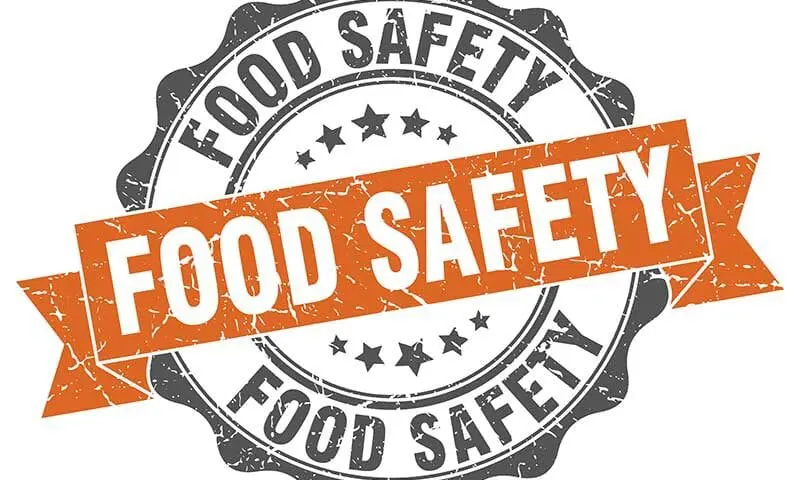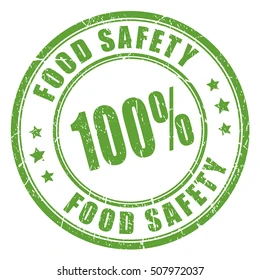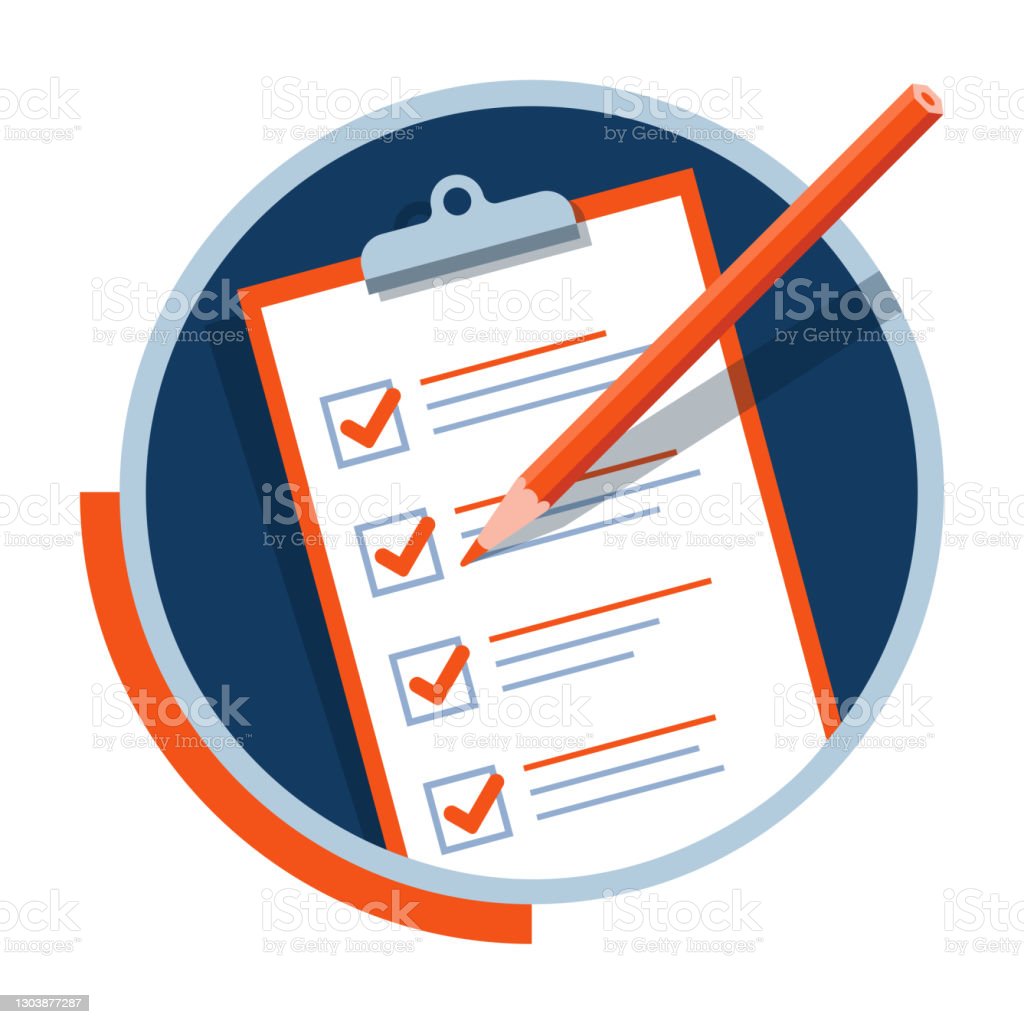Title Page
-
Date when was completed
-
Cafe Head Chef to sign off - all checks & cleaning schedules have been completed
-
Cafe General Manager to sign off - all checks & cleaning schedules have been completed
OIL MANAGEMENT CHECKS
-
The acrylamide temperature control check monitors thermostat settings. This is to ensure cooking temperatures between 160-175°C in the fryer, reducing the possible levels of acrylamide present in the oil. Also, it's good to CHANGE & FILTER OIL REGULARLY.
Note that acrylamide is a chemical that forms naturally when certain foods are cooked at high temperatures (above 120⁰C), such as by frying, roasting, baking, grilling and toasting. -
Have you done a visual check of the frying oil and fryers?
What is the thermostat reading for fryer 1?
-
Take a second reading after an hour
What is the thermostat reading for fryer 1?
What is the thermostat reading for fryer 2?
-
Take a second reading after an hour
What is the thermostat reading for fryer 2?
-
Have you dropped/filtered the new oil?
-
Who completed the task?
PROBE CALIBRATION
-
You must make sure that your probe is giving accurate readings. To check this, you will need to calibrate each probe weekly. You should check the probe's reading against melting ice and boiling water to do this. If the reading is +/– 1°C from 0°C for melting ice or +/– 1°C from 100°C for boiling water, it needs calibrating. You can do this by following the probe’s instructions.
-
Have you calibrated all probes?
-
Probe 1 - Boiling water (100C) / Melting ice (0C)
-
After 1 hour, repeat the test.
-
Probe 1 - Boiling water (100C) / Melting ice (0C)
-
Probe 2 - Boiling water (100C) / Melting ice (0C)
-
After 1 hour, repeat the test.
-
Probe 2 - Boiling water (100C) / Melting ice (0C)
-
Who completed the task?
COOKING & REHEATING TEMPERATURE CHECKS
-
At least one of each cooking and reheat method must be checked and recorded once per week. Attain core food temperature of 75°C for 30 seconds. Where the temperature is below 75°C, the entry must be followed up.
-
Hob? 75°C or above?
-
Choose another ingredient/dish and repeat. Please use another probe. 75°C or above?
-
Microwave? 75°C or above?
-
Choose another ingredient/dish and repeat. Please use another probe. 75°C or above?
-
Fryer 1? 75°C or above?
-
Choose another ingredient/dish and repeat. Please use another probe. 75°C or above?
-
Fryer 2? 75°C or above?
-
Choose another ingredient/dish and repeat. Please use another probe. 75°C or above?
-
MerryChef? 75°C or above?
-
Choose another ingredient/dish and repeat. Please use another probe. 75°C or above?
-
Who completed the task?
FRIDGE & FREEZER TEMPERATURE CHECKS
-
Once a week, use a sanitised probe to check and record the temperature of a food product in the fridge & freezer (please rotate them, so we check all equipment). Ideally, the temperature of the product should be below 5ºC: If it is between 5ºC - 8ºC, you need to monitor it, and if it is above 8ºC, the food should be discarded immediately. If there is a difference between the displayed temperature and the internal thermometer, the displayed thermostat may require adjusting. Note that raw meat and poultry must not be probed.
Product temperature in the FRIDGE?
Please check the temperature using another probe. Temperature?
-
Which fridge is being checked?
Product temperature in the FREEZER?
Please check the temperature using another probe. Temperature?
-
Which freezer is being checked?
-
Who completed the task?
WEEKLY CLEANING SCHEDULE @ Highbridge
-
Initial the appropriate box when the cleaning activity is completed. The Head Chef, Kitchen Manager, or Kitchen supervisor must check and sign daily. The General Manager must sign off at the end of each week to confirm cleaning is satisfactory.
-
Empty and clean the Ban-Marie, and the under hot cupboard
-
Clean canopy remove filters and dishwash
-
Clean stove top and replace foil
-
Clean dishwasher area sides/back detergent floor area
-
Empty and clean hot cupboard
-
Clean and tidy tubs/ crockery shelves/ cutlery tray washed
-
Clean the blast chiller inside and out with hot soapy water
-
Clean the seals and bottom shelves of all fridges
-
Fryer oil to be filtered and rotated, fryer/ baskets washed
-
Clean the window ledges, and window screens
-
Vacuum under appliances/ hot cupboards for food crumbs
-
Empty, clean and tidy the dry goods cupboard
-
Saladette thoroughly cleaned, ice removed
-
Kitchen manager to double check & sign









